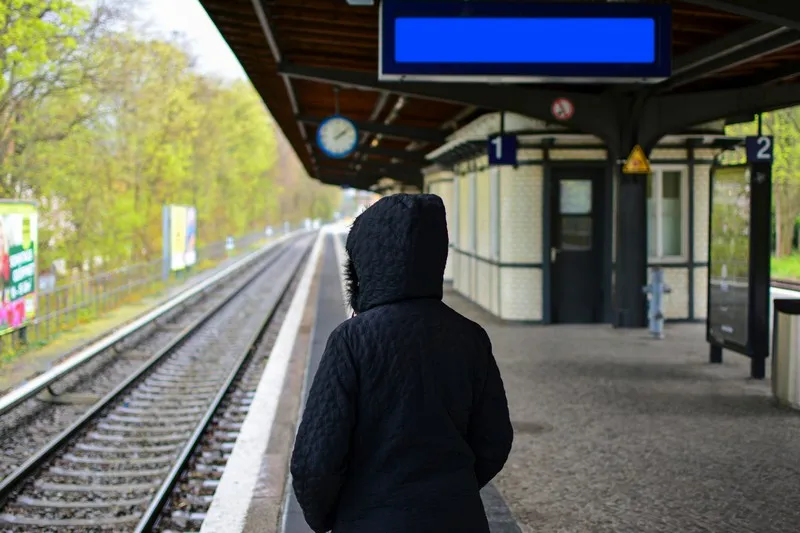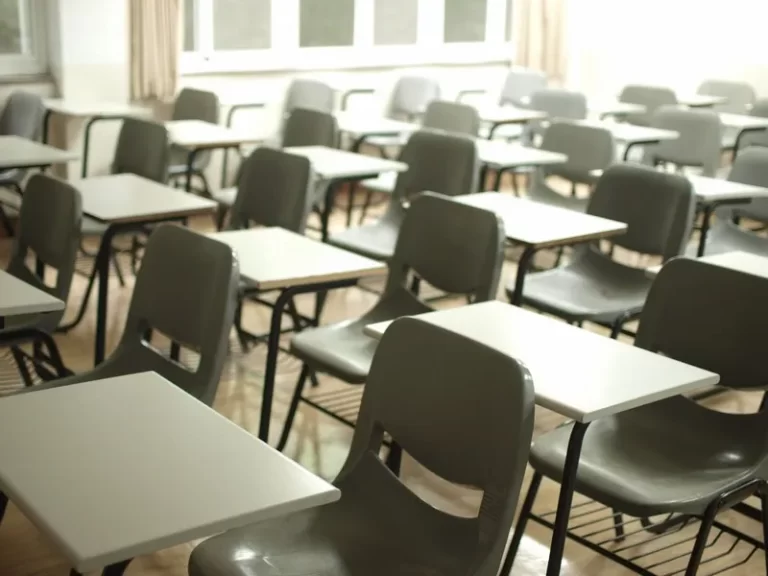Education is a fundamental aspect of society that plays a crucial role in shaping individuals’ opportunities and social mobility. However, it is widely acknowledged that educational experiences and outcomes can differ significantly depending on various factors, including social class. In this article, we will explore how education differs for working class boys from a sociological standpoint.
Social Class and Education
Social class is a key determinant of educational experiences and outcomes. It encompasses a range of factors, including income, occupation, and social status. Working class individuals often face unique challenges and barriers that can impact their educational journey, and working class boys are no exception.
1. Limited Access to Resources
One of the primary ways in which education differs for working class boys is through limited access to resources. Working class families often have lower incomes, which can restrict their ability to provide additional educational support, such as tutoring or extracurricular activities. These resources can play a significant role in enhancing academic performance and fostering personal development.
2. Cultural Capital and Educational Expectations
Cultural capital refers to the knowledge, skills, and cultural assets that individuals acquire through socialization and upbringing. Middle-class families tend to possess more cultural capital, which can positively influence educational expectations and aspirations. In contrast, working class boys may face lower educational expectations from their families and communities, which can impact their motivation and drive to succeed academically.
3. Stereotypes and Bias
Stereotypes and bias can also contribute to educational disparities for working class boys. Teachers and educators may hold unconscious biases that impact their perceptions and expectations of working class students. These biases can result in lower academic support, reduced opportunities for advancement, and limited access to gifted and talented programs.
4. School Funding and Resources
School funding and resources play a crucial role in shaping educational experiences. Unfortunately, schools in working class areas often receive less funding compared to schools in more affluent areas. This disparity can lead to overcrowded classrooms, limited access to technology and educational materials, and a lack of extracurricular opportunities, all of which can hinder the educational progress of working class boys.
5. Peer Influence and Social Networks
Peer influence and social networks can significantly impact educational outcomes. Working class boys may face challenges in developing supportive peer networks that prioritize academic success. In some cases, peer pressure can discourage academic achievement and reinforce negative stereotypes associated with educational attainment.
6. Transition to Higher Education and Employment
The transition from secondary education to higher education or employment can be particularly challenging for working class boys. Limited access to information and guidance, financial constraints, and a lack of social networks can hinder their ability to pursue higher education or secure desirable employment opportunities.
Conclusion
Education disparities for working class boys are a complex issue influenced by various social, economic, and cultural factors. Understanding these disparities is crucial for developing targeted interventions and policies that aim to address and mitigate the challenges faced by working class boys in their educational journey. By promoting equal access to resources, challenging stereotypes and biases, and providing adequate support, we can work towards creating a more equitable educational system that empowers all individuals, regardless of their social class.





